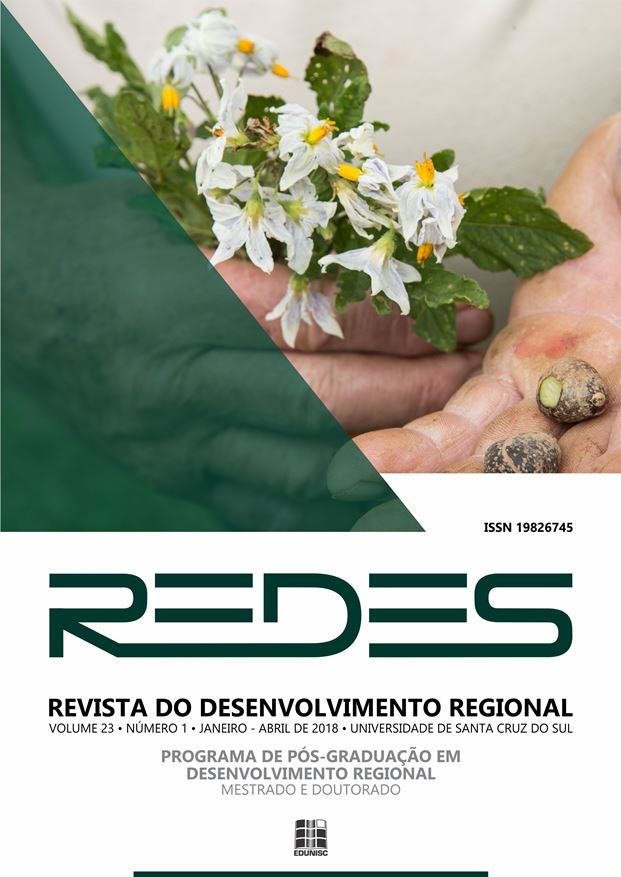Perus Bevölkerung: Das historische Gewordensein von Diskriminierungen und Privilegierungen
DOI:
https://doi.org/10.17058/redes.v23i1.11585Resumo
Die Bevölkerungs- und Sozialstruktur Perus zeigt eine große Vielfalt, die sich erst aus einer Darstellung des Gewordenseins gesellschaftlicher Strukturen und den Verwobenheiten von soziopolitischen Prozessen in unterschiedlichen räumlichen und zeitlichen Dimensionen erschließt. Die bereits in der inkaischen Gesellschaft angelegten Hierarchien wurden in der Kolonialzeit nicht gebrochen, sondern von der spanischen Krone reproduziert und mit eigenen Machtstrukturen überlagert. Die Systeme der Feudalgesellschaft mit Leibeigenschaft und Sklaverei wirken bis heute nach. Die hierarchischen Beziehungen zwischen den unterschiedlichen ethno-sozialen Gruppen sind bis heute durch die verschiedensten Formen von Diskriminierung und Rassismen wirkmächtig, wenn es um den Zugang zu Land und Einkommen, Bildung und gesellschaftliche Anerkennung geht. Anhand zweier Fallstudien arbeitet der Beitrag gesellschaftliche Strukturierungsdynamiken als Ergebnis ungleicher Machtstrukturen und postkolonialer Verhältnisse exemplarisch heraus. Das erste Beispiel fokussiert auf den Callejón de Huaylas im Department Ancash und setzt sich mit denjenigen Diskriminierungsmechanismen auseinander, unter denen insbesondere die ländlich-andine Bevölkerung leidet. Das zweite Beispiel konzentriert sich auf die ehemalige deutsch-tirolische Siedlung Pozuzo im Department Pasco, in dem die europä-isch-stämmige Bevölkerung als privilegierte Bevölkerungsgruppe ihre migrantische Identität machtvoll rekonstruiert und damit andere Zuschreibungen oder Hybriditäten negiert. In beiden Fallstudien spielen ethnische Zuschreibungen als Differenzkategorie und Legitimierungsstrategie eine wichtige Rolle für die Herausbildung der aufgezeigten Ungleichheiten.Downloads
Os dados de download ainda não estão disponíveis.
Downloads
Publicado
2018-01-19
Edição
Seção
Desenvolvimento Rural no contexto do Desenvolvimento Regional: avanços e retrocessos no Brasil recente
Licença
A submissão de originais para este periódico implica na transferência, pelos autores, dos direitos de publicação impressa e digital. Os direitos autorais para os artigos publicados são do autor, com direitos do periódico sobre a primeira publicação. Os autores somente poderão utilizar os mesmos resultados em outras publicações indicando claramente este periódico como o meio da publicação original. Em virtude de sermos um periódico de acesso aberto, permite-se o uso gratuito dos artigos em aplicações educacionais e científicas desde que citada a fonte conforme a licença CC-BY da Creative Commons. Creative Commons Atribuição 4.0 Internacional.
Creative Commons Atribuição 4.0 Internacional.
Como Citar
Perus Bevölkerung: Das historische Gewordensein von Diskriminierungen und Privilegierungen. (2018). Redes, 23(1), 11-30. https://doi.org/10.17058/redes.v23i1.11585



